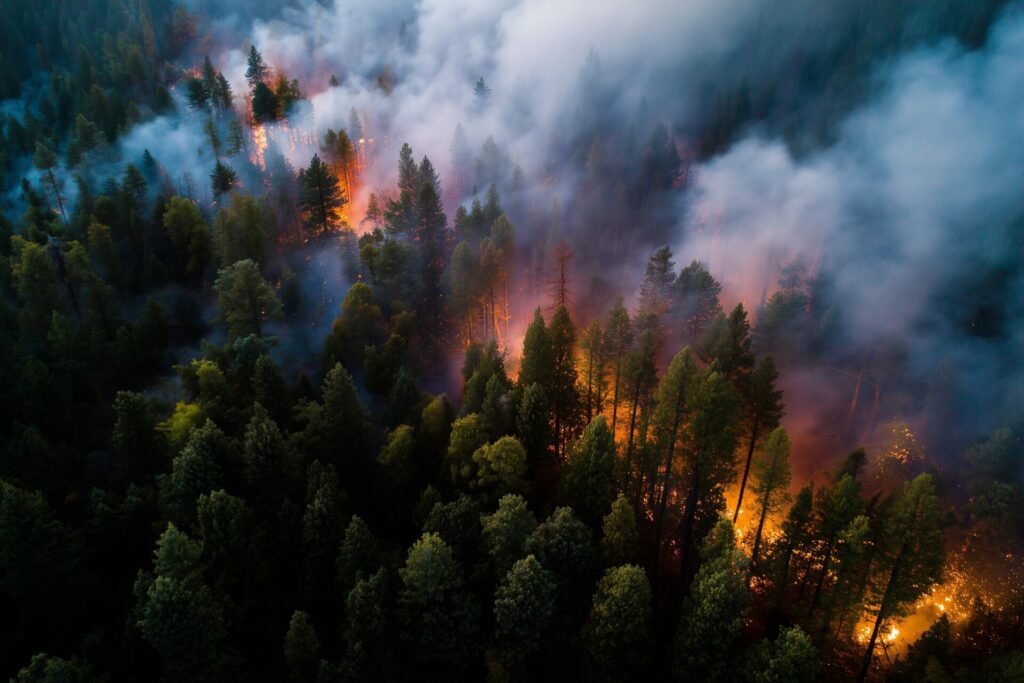How does an ecosystem recover after a major wildfire?
Wildfires are natural events that, while devastating, form part of the ecological cycles of many ecosystems. However, large-scale fires — intensified by climate change and human activity — can profoundly alter soil structure, vegetation, and wildlife. Understanding how an ecosystem recovers after a wildfire is essential for planning effective and sustainable restoration. How does an ecosystem recover after a major wildfire?.
Stages of Post-Fire Recovery
Ecosystem recovery after a wildfire occurs in several stages that can extend over decades:
- Initial Stage: Soil Regeneration
In the first few months, microorganisms and fungi act on the ashes, reincorporating nutrients into the soil. This phase is crucial, as soil fertility determines how quickly plant species can regrow. - Early Vegetation Colonization
The first to appear are pioneer plants, such as fire-resistant grasses and herbs. These stabilize the soil, prevent erosion, and facilitate the return of insects and small animals. - Natural Reforestation and Wildlife Return
Over the years, native shrubs and trees begin to regenerate. This process can be accelerated through assisted reforestation programs that prioritize fire-adapted species. Wildlife returns as food resources and natural shelters become available again.
Factors Influencing Recovery
The speed and success of recovery depend on several factors:
- Fire intensity and temperature, which directly affect soil quality.
- Type of ecosystem, as some, like Mediterranean pine forests, are more fire-adapted than others.
- Post-fire climatic conditions, including rainfall and average temperature.
- Human intervention, which can accelerate regeneration through ecological restoration — or hinder it through poor land-use practices.
Active Restoration and Future Prevention
In highly degraded areas, emergency and environmental restoration teams can intervene with actions such as:
- Reforestation with fire-resistant species.
- Creation of natural barriers to prevent erosion.
- Recovery of wetlands and buffer zones.
- Implementation of self-protection zones, like those promoted by ISK Fire Survival, designed to safeguard both firefighting personnel and vehicles during operations.
These actions not only restore ecosystems but also help prevent future damage in a context of increasingly frequent and intense fires.
Nature has a remarkable capacity for resilience, but it requires time, balance, and responsible human support. Encouraging natural regeneration, combining it with protective technologies such as those from ISK Fire Survival, and adopting sustainable prevention policies are key to helping ecosystems emerge stronger after the flames.
